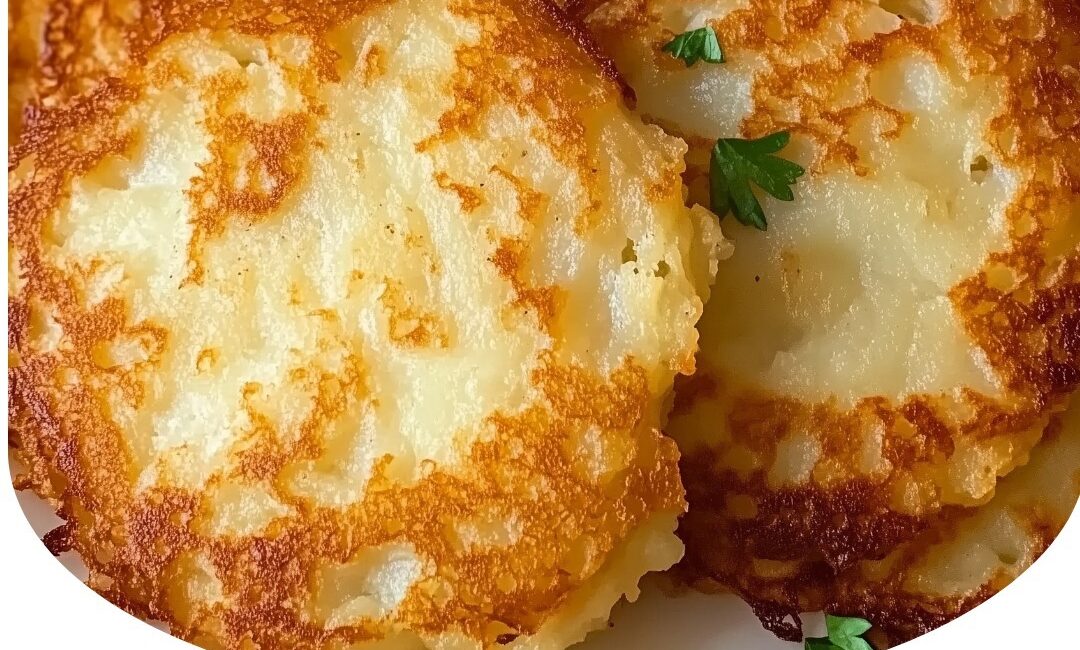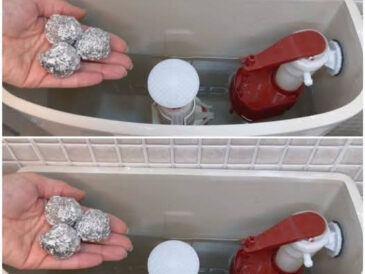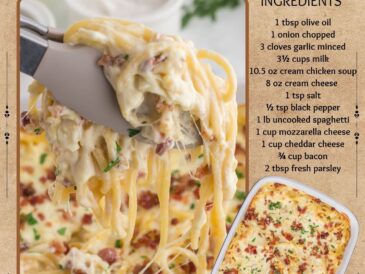German Potato Pancakes, or “Reibekuchen” as they are traditionally known in Germany, are a beloved dish that has been passed down through generations. These crispy, golden-brown pancakes are a perfect combination of savory, tender potatoes and a slight sweetness from grated onions, with just the right amount of seasoning. Whether served as a hearty side dish, a snack, or a main course, German Potato Pancakes are an absolute delight that no one can resist. In this article, we will explore everything you need to know about making the perfect German Potato Pancakes, from the ingredients and preparation to tips, variations, and even serving suggestions.
The Origin of German Potato Pancakes
Reibekuchen, or Kartoffelpuffer, is a traditional dish in Germany that dates back to centuries ago. Like many traditional European recipes, it has variations from region to region. However, the main ingredients—grated potatoes, onions, eggs, and flour—have remained the same for generations. The dish has been a staple food in German households, particularly during the colder months, as it’s comforting, easy to make, and requires minimal ingredients that are readily available in most kitchens.
While these crispy pancakes are traditionally a German food, their appeal has transcended national borders, and you’ll find versions of potato pancakes in various countries around the world. In the United States, they are often known as “latkes” during the Jewish holiday of Hanukkah, while in other cultures, they might be called “boxty” or simply potato fritters.
Ingredients: What You Need for the Best German Potato Pancakes
To make authentic German Potato Pancakes, you’ll need a few simple ingredients that come together to create a rich, flavorful dish. Let’s take a look at the ingredients you’ll need to prepare this iconic recipe:
- 2 lbs (900g) potatoes, peeled and grated
The star of the dish, potatoes provide the texture and substance of the pancakes. For the best results, use starchy potatoes like Russets. Starchy potatoes will yield a crispier pancake, as they contain more starch and less moisture, allowing the pancakes to cook to a perfect crisp. Make sure to peel and grate the potatoes finely to achieve a delicate texture. - 1 small onion, grated
The onion adds a subtle sweetness and depth of flavor to the pancakes. It balances the starchiness of the potatoes with a mild but tasty bite. Grate the onion finely so that it blends smoothly into the batter. - 2 large eggs
Eggs help bind the ingredients together, giving the pancakes structure and ensuring they hold their shape while frying. Eggs also contribute to the golden color and flavor. - 1/4 cup all-purpose flour
Flour helps to absorb the moisture from the potatoes and gives the pancakes a bit of structure. It acts as a binding agent to keep the pancake intact while cooking. All-purpose flour is commonly used, but you can experiment with other flours, such as whole wheat, for a different texture. - 1 teaspoon salt
Salt is essential to bring out the natural flavors of the potatoes and onions. It also balances the overall taste of the pancakes. - 1/2 teaspoon black pepper
Black pepper adds a slight heat and depth to the flavor. You can adjust the amount of pepper to suit your taste preferences.
Additionally, you’ll need vegetable oil or canola oil for frying the pancakes. The oil helps create the crispy exterior while cooking the pancakes to a golden brown.
Preparation: How to Make German Potato Pancakes
Making German Potato Pancakes from scratch is easier than it seems, and with just a little practice, you’ll be able to master this delicious dish. Here’s a detailed, step-by-step guide on how to prepare these crispy, savory pancakes.
Step 1: Prepare the Potatoes
Start by peeling the potatoes and then grating them finely. You can use a box grater or a food processor for this step. The finer the grating, the more delicate the texture of the pancakes will be. Once grated, place the potatoes in a clean dish towel or cheesecloth and wring out as much excess moisture as you can. Potatoes naturally release a lot of water when grated, and removing this moisture is key to achieving crispy pancakes. If you don’t remove the excess liquid, the pancakes can become soggy and greasy when fried.
Step 2: Grate the Onion
Next, peel and grate the onion. Grating the onion finely ensures that it will blend into the batter smoothly, adding flavor without creating large chunks. Just like with the potatoes, place the grated onion in a towel to remove any excess moisture.
Step 3: Combine the Ingredients
In a large mixing bowl, combine the grated potatoes, grated onion, eggs, flour, salt, and pepper. Mix everything together thoroughly until the ingredients are evenly incorporated. The batter should be somewhat thick, but it should easily drop off a spoon without being too runny. If the batter seems too thin, add a little more flour. If it’s too thick, you can add a splash of water or milk to loosen it up.
Step 4: Heat the Oil
In a large skillet or frying pan, heat a generous amount of oil over medium-high heat. You want enough oil to cover the bottom of the pan but not submerge the pancakes completely. The oil should be hot enough to sizzle when you drop in the batter but not so hot that it burns the pancakes before they are cooked through. You can test the temperature of the oil by dropping a small spoonful of the batter into the pan; if it sizzles and browns within a few minutes, the oil is ready.
Step 5: Fry the Pancakes
Using a tablespoon or a small ladle, carefully spoon portions of the batter into the hot oil, flattening them slightly with the back of the spoon. You can make the pancakes as small or large as you like, but traditionally, they are about 3-4 inches in diameter. Fry the pancakes in batches to avoid overcrowding the pan, which can cause them to become soggy.
Fry the pancakes for 3-4 minutes on each side, or until they are golden brown and crispy. Flip them carefully using a spatula to ensure they cook evenly. If you prefer an even crispier texture, you can press the pancakes down gently with the spatula while frying.
Step 6: Drain and Serve
Once the pancakes are cooked, remove them from the pan and place them on a plate lined with paper towels to drain off excess oil. Repeat the frying process until all the batter is used up.
Serve the German Potato Pancakes while they are still hot and crispy. They are best enjoyed immediately, as the crispiness tends to diminish over time.
Tips for Perfect German Potato Pancakes
- Use starchy potatoes: As mentioned earlier, starchy potatoes like Russets are ideal for making crispy pancakes. Avoid waxy potatoes like Yukon Golds, as they contain more moisture and less starch, which can result in soft pancakes.
- Remove excess moisture: Squeezing out the water from the grated potatoes and onions is crucial to achieving the crispy texture you want. Don’t skip this step!
- Fry at the right temperature: Make sure the oil is hot enough to sizzle when the batter is added but not smoking. If the oil is too cool, the pancakes will absorb too much oil and become greasy. If it’s too hot, they may burn on the outside while remaining raw on the inside.
- Don’t overcrowd the pan: Fry the pancakes in batches to ensure they cook evenly and stay crispy. Overcrowding the pan can cause the temperature to drop, which can lead to soggy pancakes.
- Keep them warm: If you need to keep the pancakes warm while frying the rest of the batch, place them on a baking sheet in a 200°F (90°C) oven. This will help them stay crispy without overcooking.
Serving Suggestions for German Potato Pancakes
German Potato Pancakes are incredibly versatile and can be served in a variety of ways. Here are a few popular serving suggestions:
- With Applesauce and Sour Cream: This is the classic way to serve German Potato Pancakes. The sweet applesauce complements the savory pancakes beautifully, while the creamy sour cream adds richness. This combination is particularly popular during festive occasions, such as Christmas or Oktoberfest.
- With Sausages: Serve the pancakes alongside bratwurst, sausages, or any type of savory meat for a hearty, satisfying meal. This combination is commonly enjoyed in Germany as a full meal.
- As a Side Dish: German Potato Pancakes are excellent as a side dish to accompany roasted meats, chicken, or even vegetable stews. The crispiness of the pancakes adds texture to any dish.
- Topped with Chives: If you prefer a lighter version, you can top the pancakes with fresh chives or other herbs like parsley. The herbal freshness complements the rich, crispy pancakes.
- With a Salad: Pair the pancakes with a light green salad, such as arugula or mixed greens, to balance the richness of the fried potatoes.
Variations of German Potato Pancakes
While the classic German Potato Pancake recipe is delicious on its own, there are many ways to customize it to suit your taste preferences. Here are a few variations you can try:
- Cheese Potato Pancakes: Add a handful of shredded cheese (such as cheddar or Gruyère) to the batter for an extra layer of flavor. The cheese will melt as the pancakes cook, adding richness and a gooey texture inside.
- Spicy Potato Pancakes: For a kick of heat, add some chili flakes, cay
enne pepper, or finely chopped jalapeños to the batter. The spiciness pairs well with the rich flavor of the potatoes.
- Herb Potato Pancakes: Add chopped fresh herbs, such as thyme, rosemary, or dill, to the batter for a fragrant twist on the classic recipe.
Conclusion
German Potato Pancakes, or Reibekuchen, are a classic comfort food that offers crispy, savory goodness with every bite. Whether you enjoy them as a snack, side dish, or main course, they are a perfect treat for any occasion. By following this detailed recipe, you’ll be able to create delicious, golden-brown potato pancakes that are sure to impress your friends and family. Don’t forget to try the variations and serving suggestions for even more delightful ways to enjoy this German classic!




